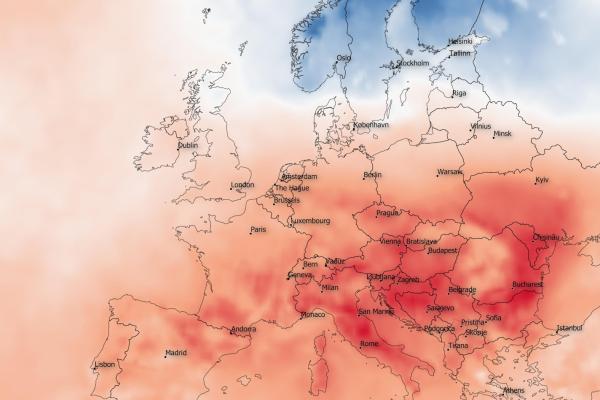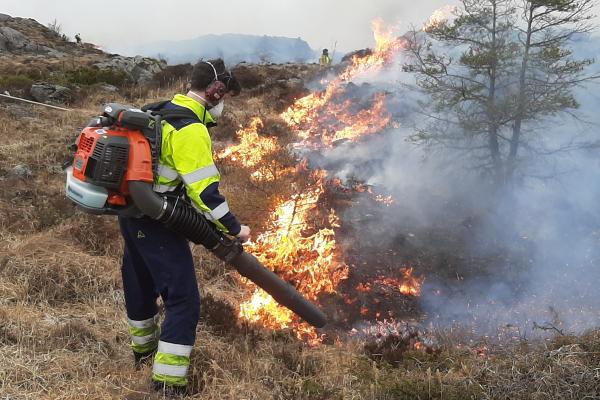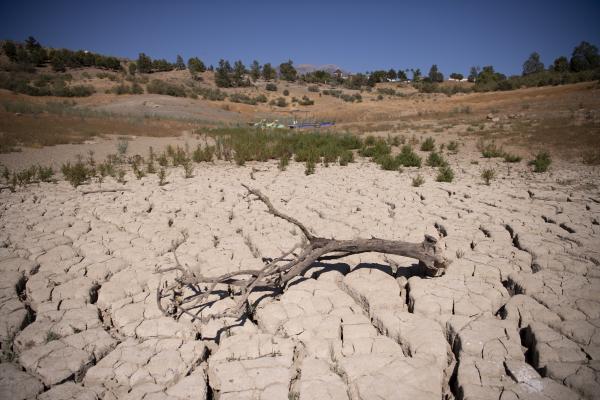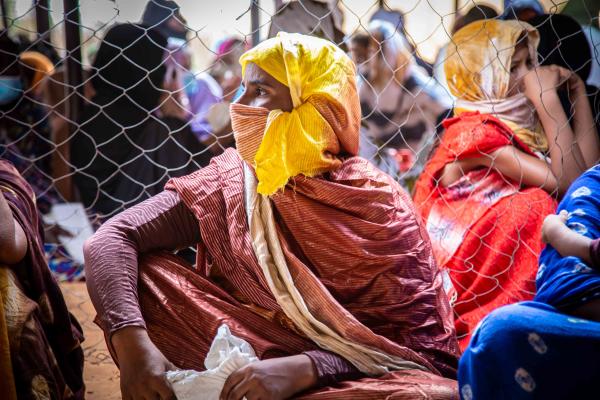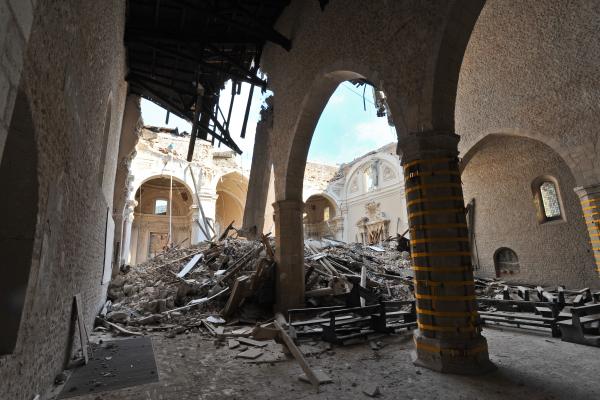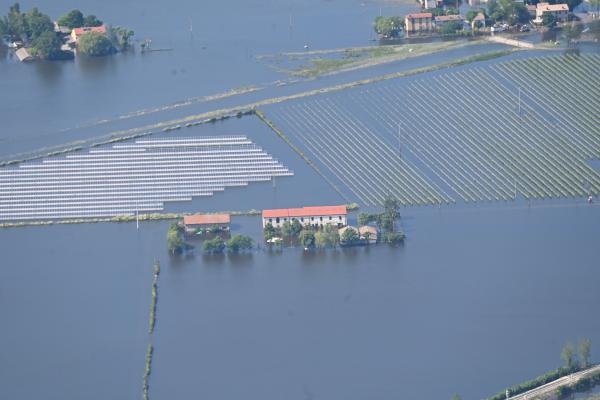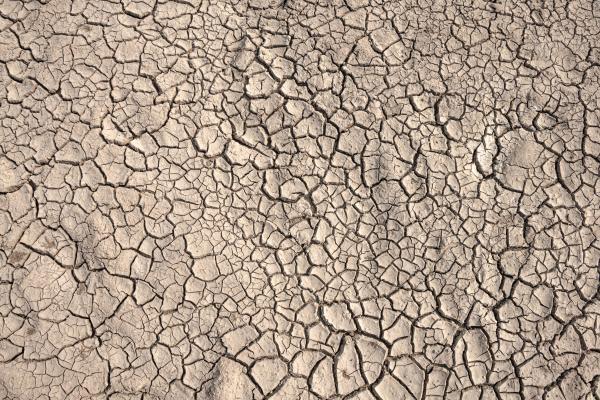- Contributes to EC priorities:
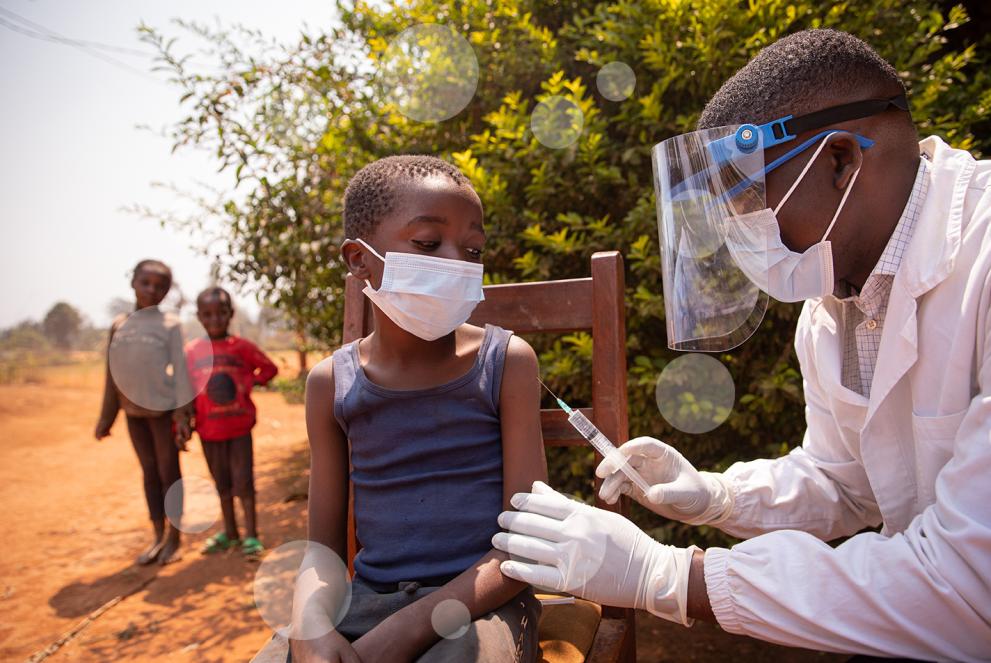
The EU might be exposed to a variety of crises and disasters (such as those caused by climate change, health threats, terrorist and cyber-attacks, political instability and violent conflict, failures in critical infrastructure) and should be capable to respond fast and appropriately.
Our goals:
• Support the Commission and Member States with situational awareness for a variety of hazards and sectors
• Offer better early warning for crises based on anticipation of their impacts on society including human health, economy and nature
• Offer real-time unified situational awareness and communication with EU and Member State emergency centres and stakeholders

